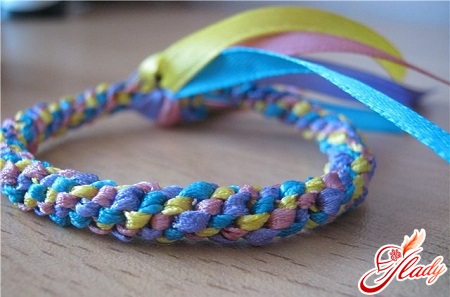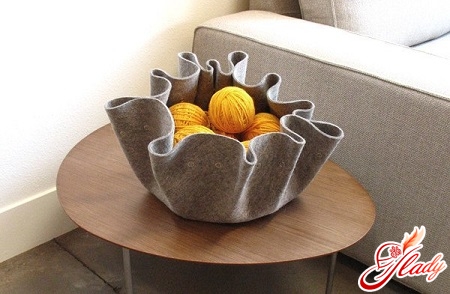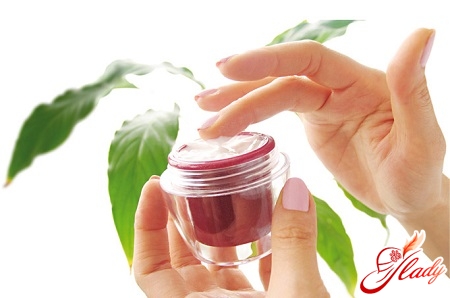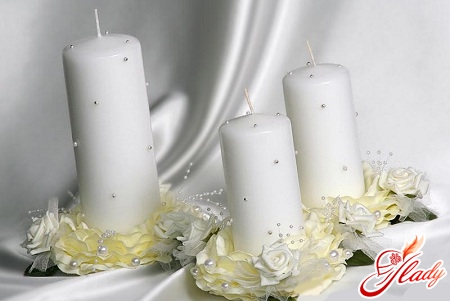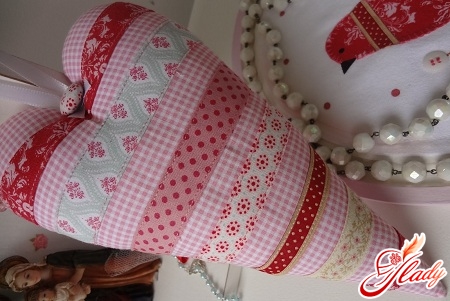 Rococo embroidery is an elegant technique that takesits origin from the artistic style of rococo (curl, shell), which appeared in France early eighteenth century. This embroidery is characterized by a special decorativeness and lightness, and most importantly - three-dimensionality and relief. Today, rococo embroidery is experiencing a second birth and is actively used not only for decorating clothes and home textiles, but for making greeting cards of souvenirs and wall panels. Relief, ease of execution and the ability to create voluminous embroidered drawings on a variety of materials distinguishes this technique from other types of embroidery.
Rococo embroidery is an elegant technique that takesits origin from the artistic style of rococo (curl, shell), which appeared in France early eighteenth century. This embroidery is characterized by a special decorativeness and lightness, and most importantly - three-dimensionality and relief. Today, rococo embroidery is experiencing a second birth and is actively used not only for decorating clothes and home textiles, but for making greeting cards of souvenirs and wall panels. Relief, ease of execution and the ability to create voluminous embroidered drawings on a variety of materials distinguishes this technique from other types of embroidery.
Basis of the Rococo technique
The basis of rococo embroidery are special decorativeseams. The main method of this type of embroidery is navy, when the thread is repeatedly wound around the needle, resulting in curls of various shapes and sizes. Of these curls, embroidered patterns are added. Basically, in the rococo technique, flowers are embroidered - roses and chamomiles, and all kinds of nodules, berries and leaves are added to them. To make a seam with a coil, the needle and thread work into the fabric from the wrong side, and the thread is dragged to the front side to the end. Then a new puncture is made for the length of the stitch (so that the end of the needle comes out at the point of the first puncture), and the thread (from the puncture to the end of the needle) is wound on the top of the needle, after which the working thread is dragged through the thread. The resulting turn is placed on the fabric and fixed by piercing the needle on the underside of the fabric. 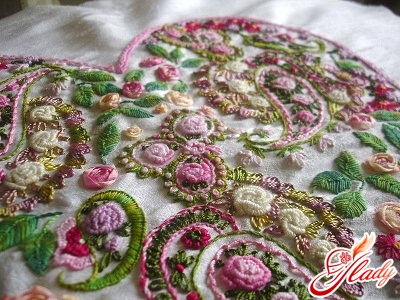
Tools and materials
For the embroidery of rococo, the needle, eyelet andthe rod of which has the same diameter (thickness). This is necessary in order for the needle to easily pass through the wound stitch, do not distort the windings and do not get stuck in the coil. The long and even needle bar must also match the thickness of the embroidery thread. The main condition for successful embroidery is the matching of the fabric and thread. For lightweight fabrics, fine yarn, silk and mulina are suitable. For embroidery on thick fabrics and knitwear take thick and heavy woolen thread, thin ribbons. Do not use for embroidery rococo fragile yarn and yarn with an uneven surface. The most convenient option - a thread of elastic and firm twist, which perfectly holds the shape of the curl.
Techniques for embroidery rococo
Embroidery rococo is executed in several ways: stitch, loop, knot.
The most common elements of the Rococo -rosette, chamomile and berry. Chamomile - a flower from straight stitches, its middle - a knot. The nodule is fixed in the center, and then the needle is pushed from the center of the daisy to the top of the petal. The needle is threaded and, holding the coil, is stretched. The end of the resulting column-coiling is attracted to the center of the flower, sticking the needle. Thus embroider all the petals of the flower. Rosette is performed exactly according to the same principle, but differs from chamomile arrangement of curls. Its petals do not disperse rays from the center, but curl up in a torn spiral, imitating the petals of a real rose. For the "berry" the working thread is made by threading both ends of the needle. The last coil is executed as a figure eight. The thread is fixed, and a stitch is made from the top down. For embroidering the leaves, the stitches are closely packed in the form of a leaf of the desired size and shape. 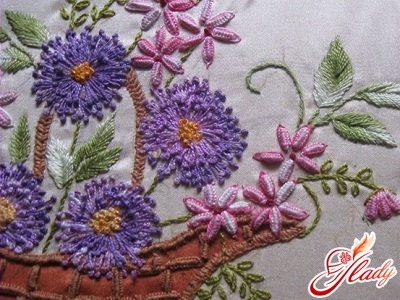
Little rococo tricks
- clockwise can lead to stratification of the thread and a flattened stitch;
- A counter-clockwise twist additionally twists the thread, and the stitch can get too tight;
- twisted turns on the needle must be tightly held so that they do not unwind;
- stretching the thread through the threads and fixing the stitch, you need to monitor the turns so that they do not creep;
- so that the embroidery turns out to be voluminous and uniform, each new flagella fits as tightly as possible to the previous one.
Such embroidery can decorate knitted things andjeans clothes, napkins and tablecloths, embroidering on them not only floral compositions, but ornaments or personal monograms. Watch video tutorials and master classes. Rococo - embroidery is complicated only at first glance. As soon as you get the first stitch, then everything will go like clockwork. Using ready-made motifs and inventing your own compositions, you can transform any thing with this unusual technique of embroidery. We advise you to read:




